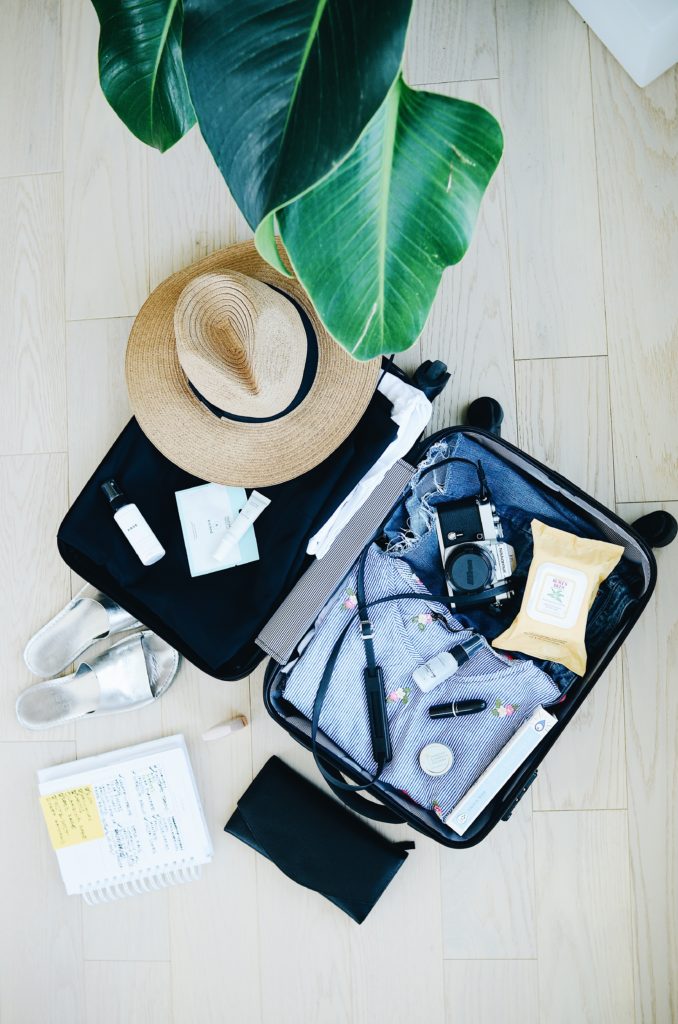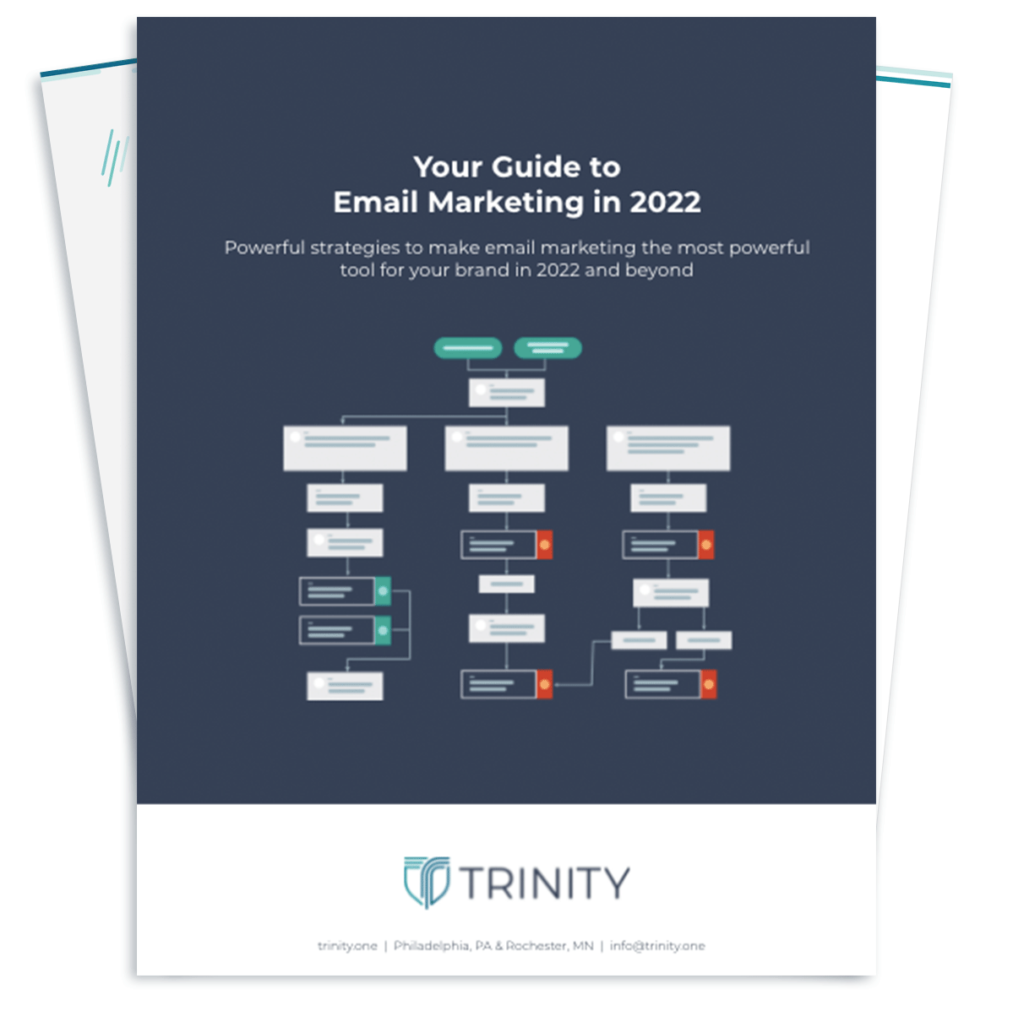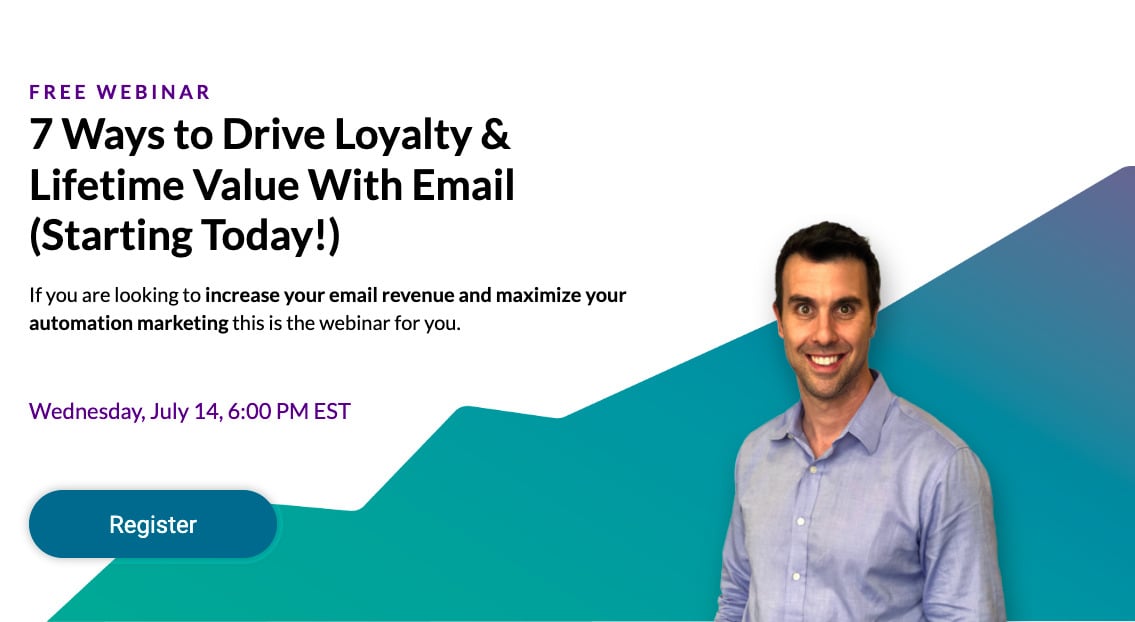There seems to be a new travel trend every year that turns the digital travel industry on its head. From the rise of Airbnb to disruptors impacting how people rent cars or book tours, travelers often change their behavior before the rest of the industry has time to catch up.
It’s time to stop running toward any popular trend in hopes of catching it before something else comes up. Instead, get ahead of the curve and wow both your travel customers with your digital presence.
Check out these five trends changing digital travel marketing in 2018 so you’re prepared for what’s ahead.
Americans Continue to Spend More on Travel
The Allianz Travel Insurance Vacation Confidence Index reports that travel spending continues to be strong amongst Americans, and noticed a 12.5% increase in the average amount they spent on their summer vacations in 2017 compared to the year before. On average, Generation X will spend more on vacations this year than Baby Boomers or Millennials, making Americans age 35-54 a coveted group to market to.
However, just because Gen Xers are spending more money on vacation doesn’t mean travel companies should ignore other generations. Millennials tend to lean toward AirBnbs and other more affordable travel options in order to save, while Baby Boomers are incredibly active and might travel more throughout the year. What is most important throughout this data is that 59% of total Americans say taking a vacation is important to them this year. That’s 59% of the total population to earn business from.
Now is the time for digital travel marketers to grow. If they can take advantage of this thriving industry now, then they could build loyal customers who turn to them for their travel needs over the next several years.
More People Use Mobile Devices to Plan Their Trips
Every year, more customers feel safe making major eCommerce purchases on their mobile devices than before. From business professionals rebooking a flight to a bride-to-be booking a honeymoon cruise, Americans as a whole trust their smartphones.
Google recently took a deep dive into mobile use for travel planning. In 2015, conversion rates for mobile travel sites grew 88%, while the average time per session spent on travel websites decreased by 7%. This is great news for travel companies that have been working to optimize their websites to create better customer experiences. The data proves that people are finding what they want faster and converting.
Interestingly, Google also highlights the importance of microinteractions, something Trinity Insight recently discussed as an important design trend for 2018. By mapping out one woman’s hypothetical journey over two months when planning a trip to Disney World, Google and Luth Research was able to track 419 microinteractions with digital content. These included webpage visits, searches, and video, all of which helped the subject plan her trip.
Mobile digital travel marketing isn’t as simple as creating a great website that converts people. Your site needs to provide the right answers to questions and solutions that are appropriate.
Travelers Demand Personalized Travel Suggestions
Americans aren’t looking for one-size-fits-all travel plans. They want something that is unique and tailored to their own interests and desired experiences. According to American Express, 85% of millennials say they prefer taking trips that are customized to their interests instead of following a planned itinerary created by someone else.
This information also presents good news for brands: 83% of millennials say they are willing to let brands track their activities in exchange for better service and suggestions. Roughly the same amount of people who want customized content are willing to give marketers the tools to create it.
Millennials planning a trip to Bali don’t want hot travel tips to Paris. By investing in data tools and customer personalization options on your website, you can help people plan their trips and connect with them personally instead of selling standard packaged content that you hope people want.
Brands are Turning to Virtual Reality for their Marketing Efforts
Travel is one of the first industries people think of as a perfect fit for virtual reality. By donning goggles and selecting the right programs, people can fly across the world in a matter of seconds. They can explore the Great Barrier Reef in Australia or take a virtual tour of Alcatraz through the National Park Service. More brands are using virtual reality, immersive video, and 360-video to give potential visitors a taste of what’s to come. If none of this means anything to you, pretend your wearing night vision goggles, but instead you see a beach with the ocean ahead of you, or the vista from a mountain peak. I have always loved NV goggles for that extra-worldly feel they add to your perception, you can find some great information on Outdoor Empire NV goggles guide, might be a fun way to see the world while you wait for your first pair of VR’s. I can understand why tourism is one of the best places to start implementing this awesome technology.
For example, Visit Wales awarded £290,000 (roughly $407,300) to six VR projects to local groups as a way to promote tourism in the region. The Wildlife Trust of South and West Wales created videos about dolphins diving in nearby waters and kingfishers flying along the shores. Not only does this content engage people in environmental causes and help educate audiences about wildlife, it also brings people to the area. After watching the videos, 85% of people said they were interested in visiting Wildlife Trust attractions.
VR and 360-video might not be a top-funnel part of your marketing campaign, but it’s still a highly-engaging way to keep your travel brand top-of-mind for customers.
Marketers Need to Prove Incremental Growth With Their Campaigns
While brands should certainly take advantage of marketing trends like virtual reality, they need to approach the concept with a grain of salt. According to Mckinsey & Company, 72% of CEOs say marketers constantly ask for more money but struggle to prove the incremental value it provides. This is particularly distressing when paired with the information that 63% of marketing projects don’t use any form of data analytics to inform decisions.
As marketers develop and execute their marketing plans in 2018, they need to keep an eye on data and use analytics tools to inform their decision-making and spending. Even if they’re just dipping into common Google Analytics metrics to set goals for their performance, they’re doing much more than other travel companies.
The best way to increase your budget is to prove you brought incremental value to the company with what your were given. Investing in data analytics is the first step in that.
There are millions of ways to travel, from booking an all-inclusive cruise to couch-surfing and camping trips. With this diversity, brands need to understand their target markets now more than ever. If they spend too much time catering to people who aren’t interested in their brand, or pushing products that aren’t relevant to their audiences, they’re likely to struggle despite the current travel boom.
Don’t get left at baggage claim, let Trinity Insight help you take a deep dive into audience analytics and create an outstanding digital campaign in 2018. Our user experience team can help you wow audiences and deliver synchronized messaging that creates personalized campaigns at scale. To learn more contact us today.





